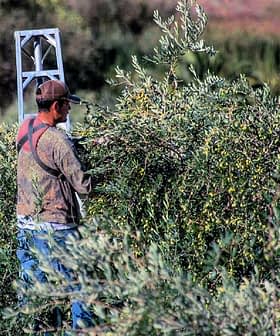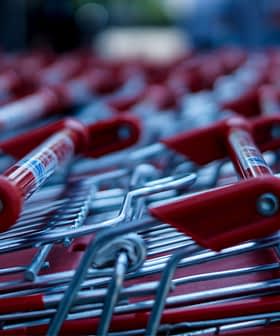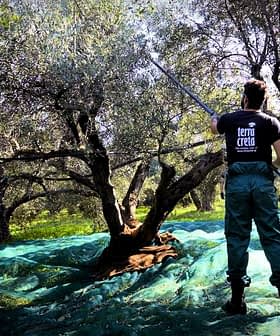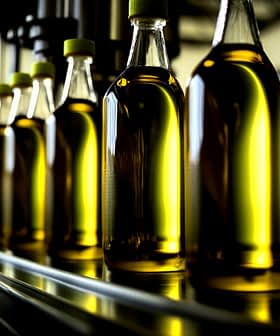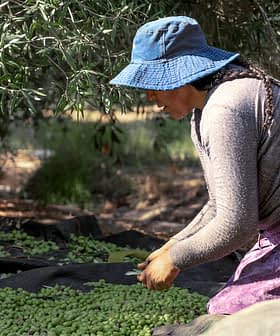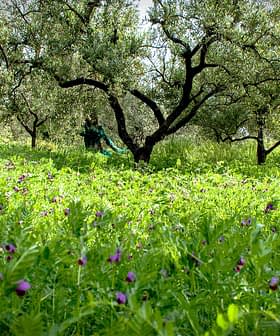Century-Old California Table Olive Canner Faces Permanent Closure
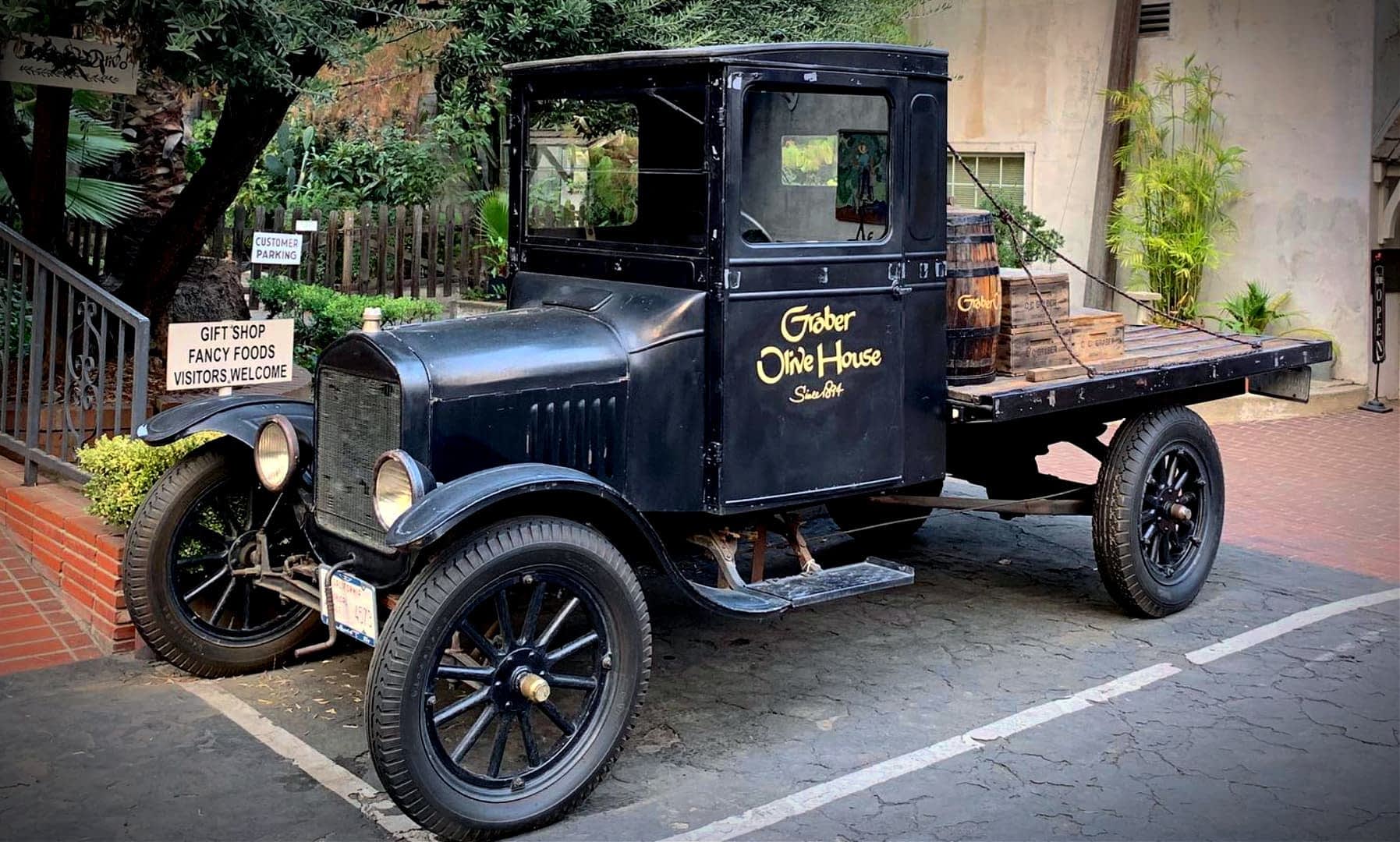
The New York Times reports that the future of Graber Olive House, one of the oldest table olive producers in the U.S., is in doubt due to extreme weather events and financial difficulties. The decline in table olive production in California, exacerbated by factors such as drought, has led to the company struggling to stay afloat, prompting the Graber family to sell the cannery in a last-ditch effort to save the brand.
The New York Times reports that extreme weather events and financial difficulties have put the future of one of the United States’s oldest table olive producers in doubt.
Brothers Clifford and Charles Graber founded Graber Olive House after buying land and planting olive trees in Ontario, California, 60 kilometers east of downtown Los Angeles, in 1892.
The brothers completed their first harvest two years later and began canning tree-ripened olives in 1910.
See Also:Spain Tackles the Salty Truth About Table OlivesDuring the 20th century, the company steadily expanded distribution from southern California to the rest of the U.S. and other foreign markets.
In 2020, Ontario unanimously named the original house where the company was founded as a historical landmark.
Award-winning actress Lucille Ball and the host of the eponymous Late Night with Jimmy Fallon are known fans.
“My wife loves these olives,” Fallon told millions of viewers in a May 2020 segment while he displayed a gift box of Graber Olives given to his wife, film producer Nany Juvonen Fallon, by his father.
Champion golfer Tom Watson even cited Graber Olives as one of the highlights of the Masters at Augusta National, which he won in 1977 and 1981.
“The food is always good, especially the cornbreads and the Graber olives,” he told Golf Magazine in a 2021 interview. “You can buy them in the can. They’re great.”
Until 2023, the company harvested up to 50 to 60 U.S. tons (45 to 54 metric tons) of olives annually, enough for more than 100,000 cans.
However, Graber Olive House produced less than half of this amount in 2022, the last year the company canned olives.
According to the United States Department of Agriculture, 2022 was the second-lowest harvest since 2010, with the Golden State producing just 19,900 U.S. tons (18,050 metric tons) of table olives.
Table olive production has declined in California over the past 15 years. Between 2010 and 2014, the Golden State produced 82,700 U.S. tons (75,000 metric tons) of table olives annually. Production declined to 68,520 U.S. tons (62,160 metric tons) from 2015 to 2019, falling even further to 33,490 U.S. tons (30,381 metric) from 2020 to 2024.
USDA officials and olive farmers point to the profound impacts of California’s drought from the late 2010s to early 2020s, extreme spring weather events, increased production costs and challenges finding enough workers as the main reasons for declining table olive production.
Current owner Maura Graber told The New York Times that California’s drought significantly affected the company’s decline.
“We had to buy extra water,” she said. “We had to pay three times as much on the ranch to keep things alive. We just had to make tough choices.”
One of these difficult decisions was selling the drought-stricken orchards to longtime manager Jay Zike. While Zike said he continues to grow the olives the way the family has for over a century, he now sells to other clients.
Fierce infighting further impacted the family, resulting in an expensive lawsuit and settlement shortly before the start of the Covid-19 pandemic.
The combination of the legal costs and the failed harvest in 2023 caused the company’s cans to disappear from supermarkets and its own stores. The Grabers had already stopped selling olives to brokers who distributed them internationally after poor harvests in 2021 and 2022.
“We barely had enough to make it through [2021 and 2022],” Graber said. “We were having a real hard time keeping up. This was something we knew was a slippery slope.”
Now, she fears the end might come when a $1.55 (€1.51) million emergency loan, on top of the thousands of dollars owed in past-due bills and expired licenses, comes due in March.
In a last-ditch effort to save the brand, the Grabers are selling the cannery for $3 (€2.9) million. They hope to pay off the debt and use some of the remaining money to lease the property and keep producing.
“People all over the world have enjoyed Graber olives,” co-owner Cliff Graber told The New York Times. “Right now, we are ready to get going. We’re looking forward to the next olive season, and we’re ready to rock.”


